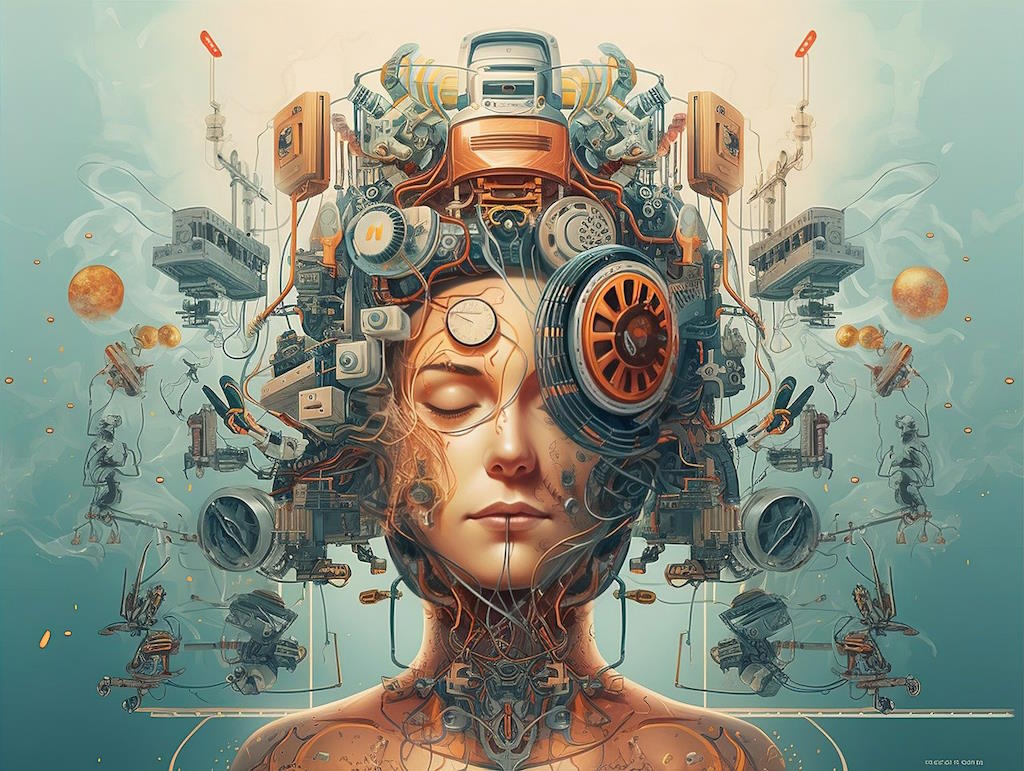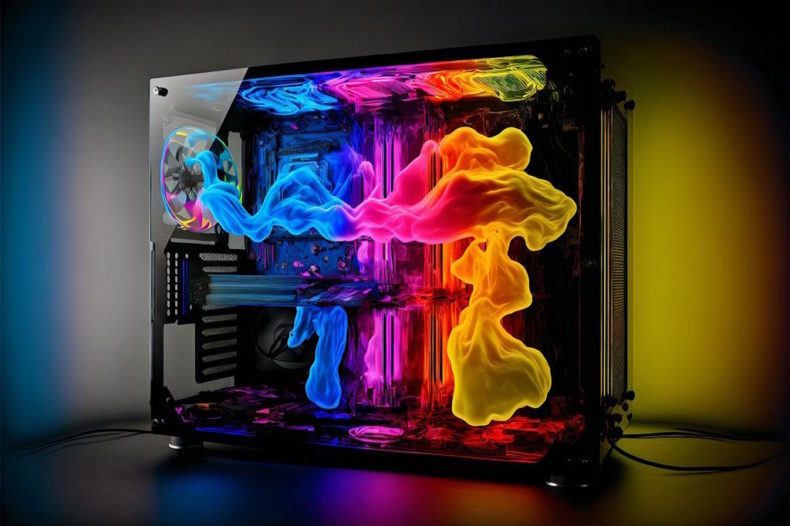A Potential Paradigm Shift in Digital Entertainment
Web3 gaming promises true ownership of digital assets, play-to-earn economies, and decentralization, making it a revolutionary force in the future of gaming.
Web 3.0 is the next generation of the internet: blockchain-based, decentralized, and democratized. In contrast, most of the applications and platforms from Web 2.0 are currently defined by centralized formats and user-generated content. However, Web 3.0 will create a digital space that is instead more transparent, safe, and oriented toward the users and user needs.
Among subjects of great interest in the main ecosystems driving Web 3.0 are cryptocurrencies, dApps, and NFTs, which allow for interaction and direct value exchange without intermediaries. These do so with the intent of providing more control to users over their online identities, assets, and data.
To that end, Web3 gaming caters to blockchain-based true ownership of in-game assets. To illustrate the difference, gamers can currently invest time or money into things like characters, skins, or other in-game items. However, those assets are still owned by the game developers. Web3 gaming changes this by letting players hold their digital assets as NFTs, which they may independently sell or trade—extending ownership of game assets beyond the game itself.
Play-to-earn crypto games like Axie Infinity (A play-to-earn game with rewards in cryptocurrency involving battles between creatures called Axies) have risen in popularity. Crypto games like these should, however, be distinguished from crypto casino offerings like Ethereum dice games found on blockchain-based gambling platforms.
While crypto games allow players to earn crypto rewards, crypto casinos use cryptocurrencies as a payment method, allowing them to provide added perks like faster sign-up procedures and instant payouts. On those iGaming platforms, depositing and withdrawing with crypto is not only practical but it’s also the preferred method for many players. Poker is especially gaining popularity on such sites. The game variety, cutting-edge software that ensures fair and secure gaming, and anonymous gameplay options are only some of the advantages of playing poker on such platforms. Still, bear in mind that while you can withdraw your winnings in cryptocurrency, the rewards aren’t guaranteed, as it is in any form of gambling.
In contrast, in crypto games, players can earn rewards just for playing, completing tasks, or leveling up. The rewards are usually blockchain-based assets and aren’t limited to one game. Interoperability across platforms is one of the key features of Web3, meaning players can use their items across a wide array of games or virtual environments. This allows for a completely new style of interaction with games, building up a sense of actual real-world value in virtual worlds.
When it comes to Web3 storage features, the decentralized solution will grant players the ability to save and transfer game data on platforms securely and independently of a central authority. Such systems will provide the backbone for Web3 gaming: to ensure digital assets and progress are portable and independent of individual game developers. Already, major game development studios like Ubisoft have recognized this potential and are working on making it a reality.
However, what will truly drive Web3 gaming to the next level is an entirely new class of specialized tech and gadgets built specifically around the unique needs of a decentralized environment. These will entail hardware like high-end computers and virtual reality headsets to manage the complex nature of blockchain transactions while still driving seamless, immersive gameplay.

Decentralized cloud gaming platforms will play an increasingly important role in Web3 gaming. It gives gamers access to enterprise-grade computing without a corresponding investment in expensive local hardware. By leveraging decentralized networks, these platforms can scale and offer flexibility. These will also ensure there’s no loss in performance. As such, some new gaming machines are already using Web 3.0 as a major selling point.
With games becoming ever more immersive, the emergence of VR headsets specifically designed for compatibility with blockchain is inevitable. Such headsets may include digital wallets directly within the user interface. These may allow players to trade assets, interact with decentralized applications, or manage in-game economies without leaving the virtual world.
Web3 is a growing revolution, not just with gaming but in content creation too. YouTubers, streamers, and game influencers are now able to monetize their content with NFTs and blockchain technology in ways they hadn’t considered before.
For instance, a streamer could mint his gameplay highlights into NFTs that fans could buy as digital collectibles. This gives fans a feeling of owning part of the content of their favorite creators, providing a new dimension of interaction beyond mere views or likes.
Decentralized platforms—enabled by various conceptions of Web3 like these—will likely grow far more common, offering better revenue-sharing models for content creators. In the process, Web3 will allow creators to retain more control over their content and their income.
This will mainly be achieved by Web3 monetization models allowing them to bypass some of the economic limitations imposed by centralized entities like YouTube or Twitch—just another way Web3 will change the future of gaming.





